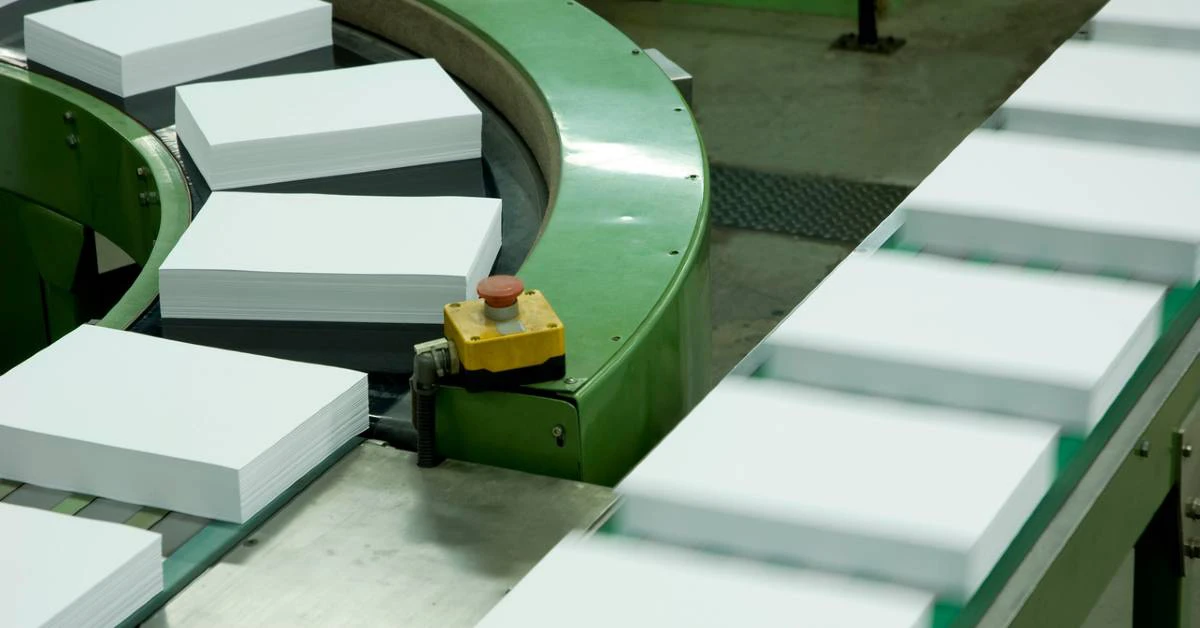Editors' Update - supporting editors, every step of the way.

Unfortunately we don't fully support your browser. If you have the option to, please upgrade to a newer version or use Mozilla Firefox, Microsoft Edge, Google Chrome, or Safari 14 or newer. If you are unable to, and need support, please send us your feedback.
We'd appreciate your feedback.Tell us what you think! opens in new tab/window
November 14, 2022 | 3 min read
By Katie Eve

© istockphoto.com/josemoraes
You may have already come across the term and concept of “paper mills”. These are unscrupulous businesses that profit from would-be authors who pay for their services: preparing academic papers often based on fabricated or manipulated data and submitting them to journals. There is no overstating the seriousness of this practice: it goes against all the fundamental principles of ethical research and publication. But more than that, it is a systemic operation that risks undermining scientific progress which depends on building cumulative knowledge. Whistle-blowers, including “super sleuth” Elisabeth Bik opens in new tab/window, have provided an incredible service to science by both detecting collections of papers that are suspected products of paper mills, and raising awareness of the paper mill phenomenon more generally. The results of their tremendous work have been well-documented, notably in retractions of large volumes of problematic content.
But it’s better of course to prevent publication of paper mill manuscripts in the first place. Elsevier’s journals employ tools and organize rigorous peer review to prevent many hundreds of papers each year from being published when there is any evidence of ethical issues. Detection of paper mills presents unique challenges, however.
In this series we introduce you to the current characteristics of paper mill products, the signs of potential paper mill submissions you should be looking out for as an editor, and how the publishing industry, Elsevier and our editors are addressing this challenge.
As has been well-documented elsewhere opens in new tab/window, paper mills have been found clustered around:
Subject and topic areas e.g., traditionally biomedical sciences, non-coding RNA, genes and human disease, especially cancer, but evolving into other fields such as computer science and engineering
Certain types of institutions e.g., hospitals without research facilities, but where staff were previously required to publish to qualify, receive promotion, or bonuses
Specific countries e.g., China, Iran, Russia, while image manipulation cases stem from authors globally, including Europe and North America
There are risks to overemphasizing these characteristics.
First, false positives: ethical and high-quality research with these same attributes may be overlooked. Moreover, this could have long-term negative consequences for inclusion in research, for example, if individuals from certain types of institutes or countries were prevented from publishing.
Second, false negatives: it is quite possible that paper mills can, or have already at the time of writing, expanded into other research fields, researcher types and regions. Indeed during a Committee on Publication Ethics (COPE) discussion opens in new tab/window in September 2020, publishers noted paper mill activity had been observed in engineering, computer science, humanities and social science. As such, all editors should remain vigilant.
There are also limits to what can be done with this information: It cannot be used to flag content that may potentially stem from a paper mill because the volume of manuscripts and authors flagged based on these parameters would be too high to be helpful, and would lead to bias against the vast majority of submissions that are not from paper mills. However, it can help direct information and resources to editors of journals that are most likely to be affected, to help them be hyper-vigilant.
Our message to all editors is to be alert, not alarmed. Journals must strike a fine balance between preventing publication of paper mill papers, while ensuring that the vast majority of authors – who are honest and trustworthy – are not forced to jump through hoops or made to feel their integrity is brought into question.
So, how can you stay alert and spot possible paper mill submissions in your own journal? Stay tuned for Part 2: Ten signs you might be dealing with a “paper mill” product to find out.

KE
